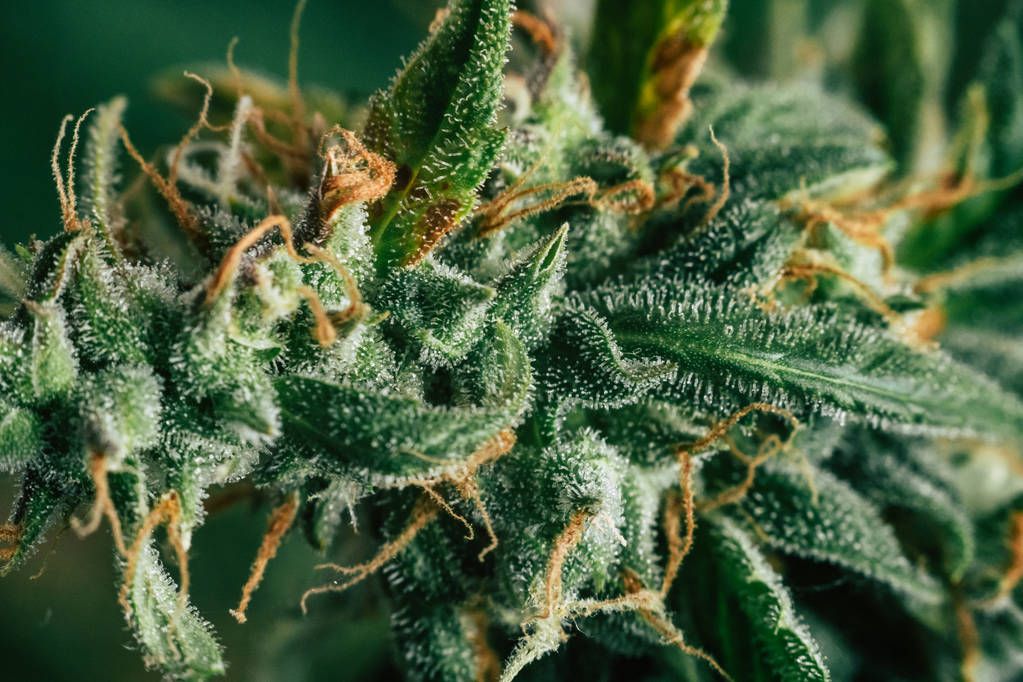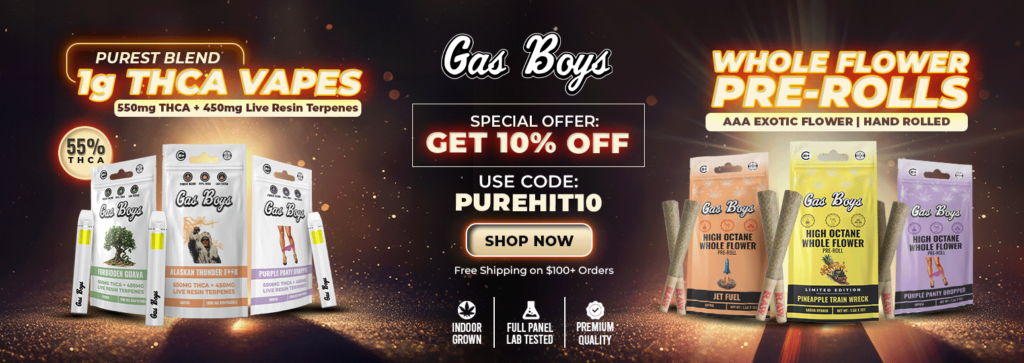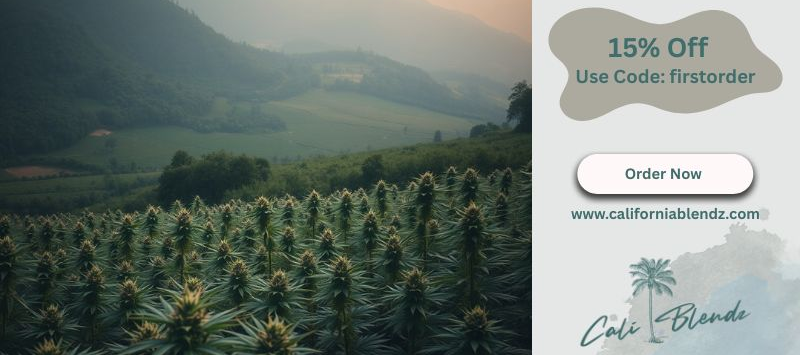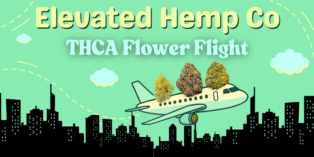A study published in the journal Scientific Reports has found that adding far-red light at the end of the day can significantly boost THC levels in some cannabis strains while reducing overall energy consumption.

For the study, researchers from Australia compared six lighting treatments across three popular genotypes—Cannatonic, Hindu Kush, and Northern Lights—exploring whether a 10-hour light cycle supplemented with FR could match or exceed the yield and potency of the traditional 12-hour photoperiod. The most notable result was seen in Northern Lights, where a treatment of 10 hours of full-spectrum light followed by two hours of FR in darkness (10L_2D) led to a 70% increase in total THC yield compared to the standard 12-hour schedule. This treatment also cut energy use by 5.5%.
THC levels in Hindu Kush were also elevated with FR exposure, especially when it was applied for two hours during light and two hours in darkness (10L_2_2D). In Cannatonic, a high-CBD strain, results were mixed—FR treatments had varied effects on cannabinoid content and did not significantly improve total CBD yield.
Across all genotypes, the application of FR light increased plant height, a response associated with shade avoidance. However, a 12-hour photoperiod paired with extended FR exposure (12L_2_2D) significantly reduced flower yields, suggesting too much FR can hinder production.
The findings suggest FR treatments, when applied in short durations after a reduced light cycle, can improve cannabinoid output in high-THC strains while offering energy savings. However, the effects were genotype-specific, indicating growers should tailor lighting strategies to individual cultivars to avoid counterproductive outcomes.
The study concludes:
The application of end of day FR can increase the cannabinoid concentration in high THC varieties of medicinal Cannabis. There was no effect of our FR treatments on flower biomass yields. The cannabinoid responses to FR treatments differed between genotypes and a 4 h dose in combination with a 12 h photoperiod was detrimental for yield in all tested. This evidence shows that, where far red is concerned, you can have too much of a good thing. The increase in Cannabinoid % when FR is applied in a shortened photoperiod allows for the same yields to be produced with a lower energy and carbon footprint.








